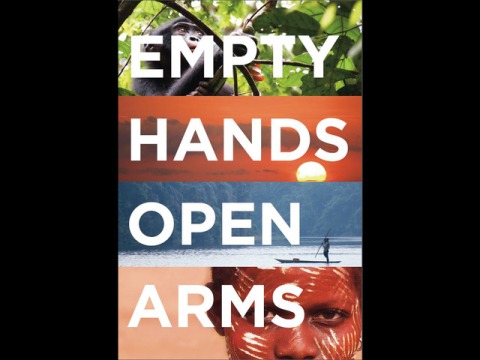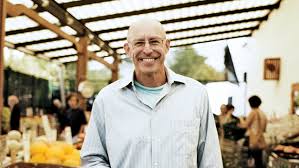Halfway through reading this book I stopped what I was doing so that I could thank Deni Bechard for writing it.
The book begins as Bechard arrives in the Congo after months researching of researching the Bonobos and The Bonobo Conservation Initiative (BCI). As Bechard brings the reader along his journey into the heart of the Congo, we are also brought deeper into the four main threads of his story : 1) The Bonobo apes, 2) The Congo, 3) BCI, 4) The future of effective conservation.
The Bonobo apes share about as much DNA with us as chimpanzees. They are considered to be the happiest apes on the planet. There is little tension and none of the aggression found in chimpanzees. Bechard was struck by the alternative that these gentle, caring apes might show us about humanity. The Bonobos are becoming extinct and they exist only in the heart of the Congo. They have suffered along with the rest of the population due to the instability of unending civil wars and the effects of the rest of the world pillaging the Congo’s riches.
Many know that the Congo is a place of unrest, mass rape and extreme poverty despite the wealth in minerals but we are not often presented with the more holistic history of the Congo – one that notes the Congo pre-coloniolism, or that the people of the Congo are a vibrant people who have a lot to contribute when they are empowered to do so.
The Bonobo Conservation Initiative approaches conservation by doing just that – listening to the people in an area, exploring the habitat that they wish to protect and seeing what they can do to empower the people so that their lives are better and so allow them to help preserve the wildlife around them. In so doing they create a sustainable form of conservation that has been replicated by the peoples of the Congo throughout the region.
As Bechard writes, many people don’t have the time or patience (possibly understanding for the necessity) for this sort of holistic approach to conservation; the temptation is to go in and ‘fix’ a problem. It is an understandable choice, the idea of doing it any other way can seem overwhelming, but through Bechard’s book it becomes more and more obvious that approaching conservation in any other way is merely hubris.
There are countless times where it is demonstrated that our actions can have unintended negative consequences. For instance – photographing “john” to show the extreme poverty in the area to raise money can be at the cost of “john’s” sense of self worth. It is mocks him and leaves bad feelings. When we go in and fix something we can create a lot of bad feelings, not just because we ‘mock’ without meaning to, but because we don’t take into account the importance or relevance of the people and life already there. If we focus solely on the Bonobo, we are only understanding 1% of what is going on. Looking at the big picture brings greater understanding, and a greater ability to affect change.
Worse still, when we go in and ‘fix’ something, we generally leave and the people and things we ignored when we went in are left to clean up the mess.
I couldn’t help thinking about how that applies not just to conservation, but to our ‘diplomatic’ forays into other countries.
Through Bechard’s book, the importance and long-lasting effects of this more thoughtful and encompassing approach become so obvious that it seems a wonder that we have ever had the folly to try to create change in any other way.
“Empty Hands, Open Arms” is a well written, easy to read book. The depth of Bechard’s research is obvious, the facts presented are absorbed as we follow along Bechard’s journey into the heart of the Congo and back…the way a master storyteller delivers fables to enthralled audiences
I picked up the book on a whim , I’m interested in the Congo, I wanted to learn more about Bonobos, beyond that the choice was arbitrary, or so I thought. Sometimes books come to you when you need them, and I think fate came into play. Bechard’s book helped me coalesce my thoughts about what I want the future of conservation to look like, and what kind of roles I want to play in society.










